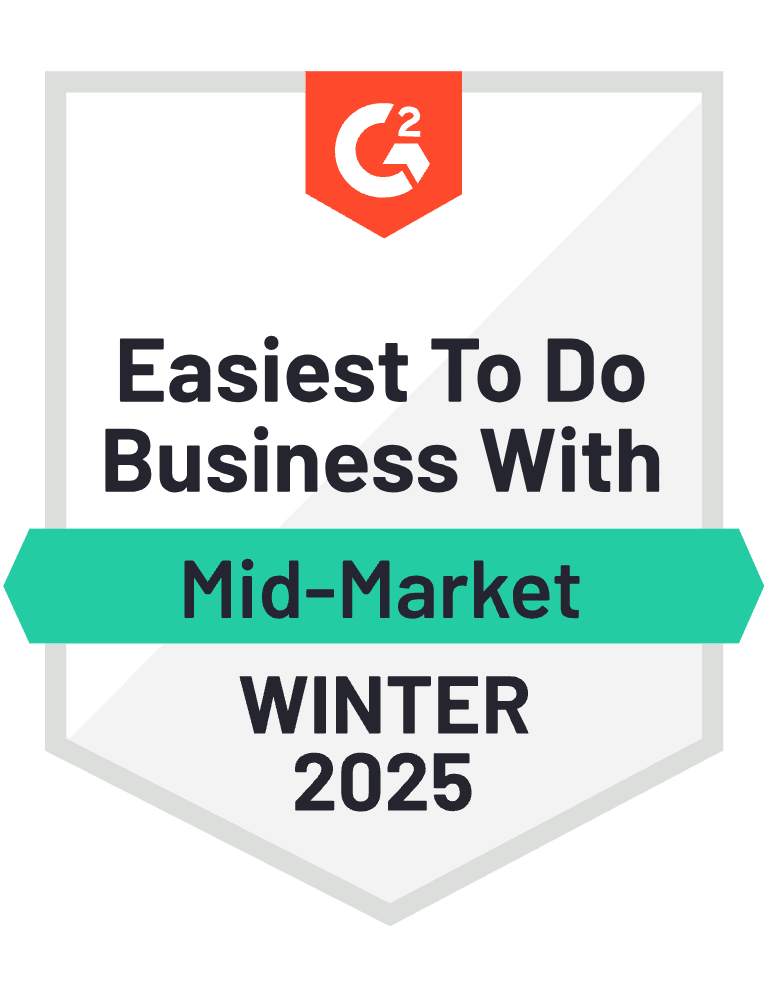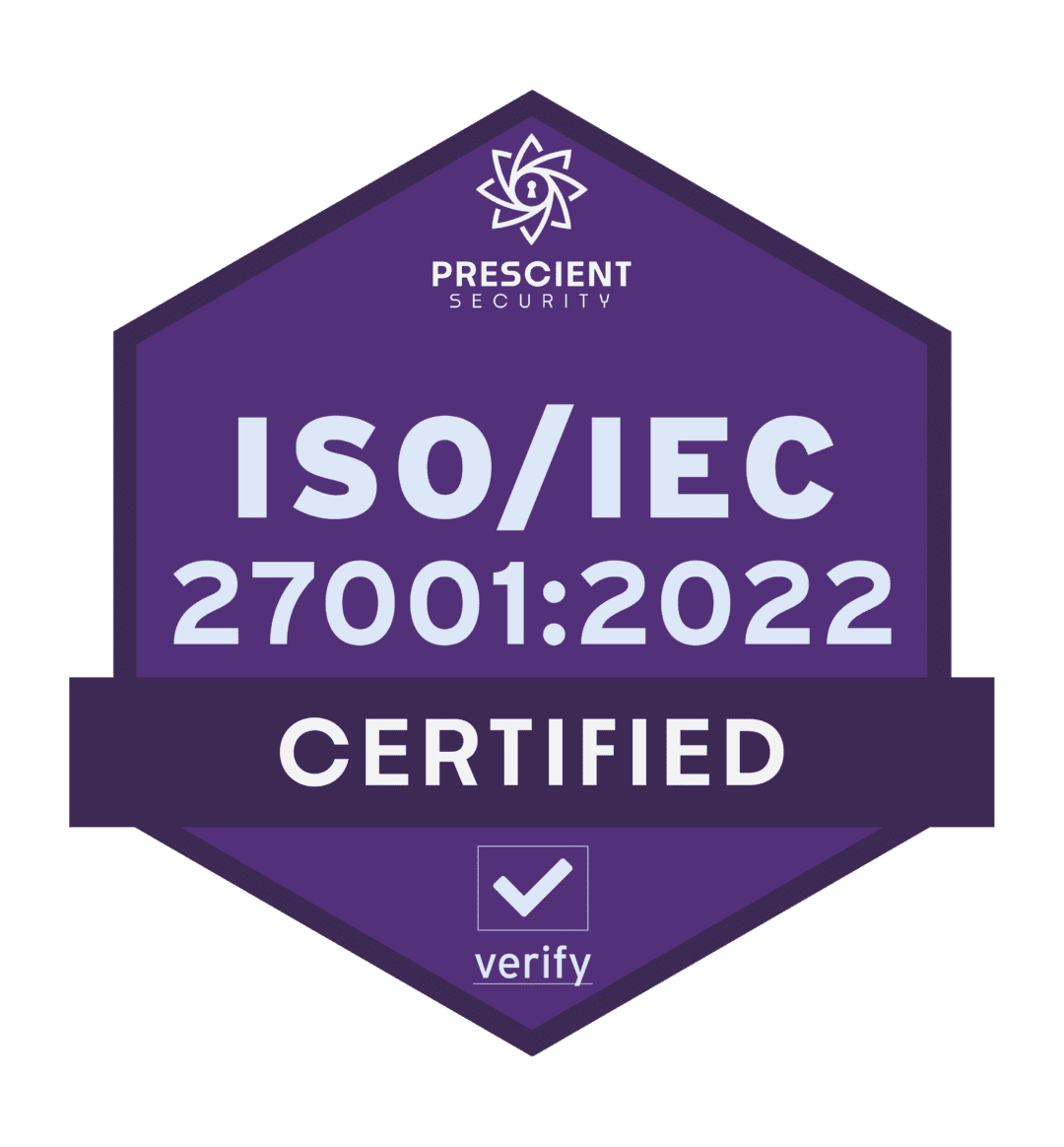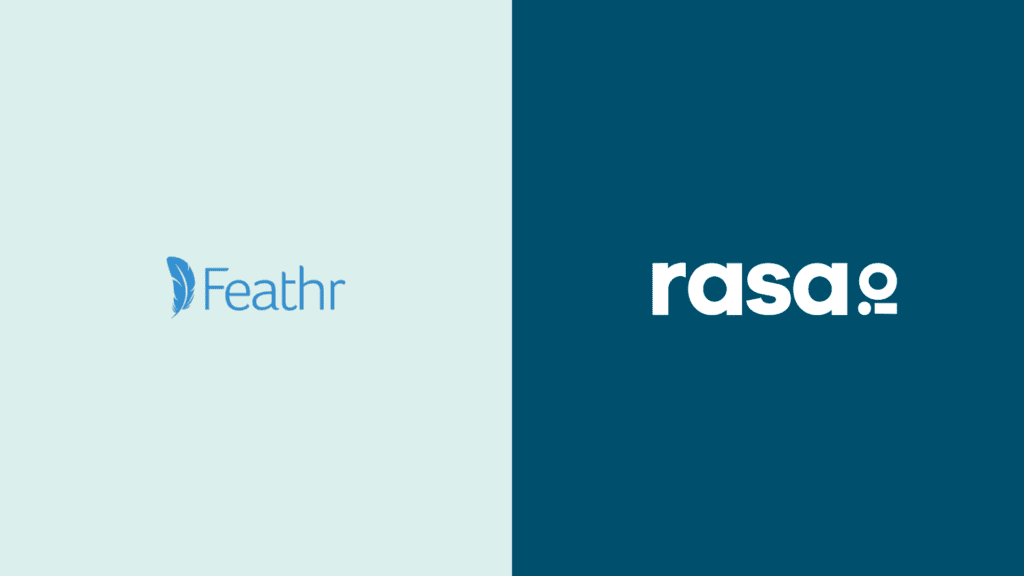When it comes to boosting revenue, investing in an email newsletter may not be one of the first things that comes to mind for your small business. But it should be, and here’s why.
A quality email newsletter is a link to the customers you’ve already earned.
We don’t need to tell you that it’s a lot less expensive to keep an existing customer than it is to acquire a new one. New customers are key to growth, but existing customers are the foundation of long-term success. What are you doing to keep the conversation going and your brand top-of-mind for the people who have already spent money with you? This is where a quality newsletter strategy comes in.
In 2019, more than half of U.S. consumers reported they preferred to be contacted by brands via email, according to market research firm Statista. In addition, 49 percent of online users in the U.S. said they actually wanted to receive a weekly email from their favorite retail brand. An effective newsletter gains and maintains the attention of existing customers, and — given time and a thoughtful approach — allows you to build a deep pool of people who are more likely to think of you for the next purchase.
- Percent of online users that want to receive a weekly email from their favorite retail brand 49%
A newsletter allows you to target the customers most likely to buy.
When it comes time for a sales push, a newsletter is a direct line to your most trusted customers, the ones who are most likely to find value in the product or service. A long-time email newsletter subscriber is not an email address on a list — it is someone who has actively said yes to your brand and what it has to offer, and that they want to hear more from you. That’s pretty powerful.
That said, there’s a hard limit on the amount of selling you should be doing in a newsletter. If your weekly email newsletter is really just a weekly sales pitch, you’re going to lose interest (and subscribers) fast. A thoughtful newsletter delivers useful articles and information, and occasionally features the company’s wares. For example, if you run an appliance store, you want to be sharing articles about the best way to clean and organize your refrigerator or how to save on your energy bill in addition to details on the latest sale. A real estate agent can share inside looks at new luxury listings in town, gardening tips or interior decor dos and don’ts. A newsletter should never be all about you.
A newsletter gives you insight into how your customers think.
Think of an email newsletter as a built-in market research tool for your business. And the larger your list of subscribers grows, the more insight you can get on how your customers think about, react to and interact with your brand. Weighing whether you should launch a new product or service? Check out how many of your newsletter subscribers are reading about topics related to that new product. Want to know if a promotion will draw more interest mid-week or on weekends? Check when people are most likely to click on promotions in your newsletter.
The growth of smart newsletters, powered by artificial intelligence, are making detailed insights even easier to achieve. Such tools can track what your customers are interested in and tailor newsletter content specifically to what they’re looking for. This not only takes the guesswork out of planning a weekly newsletter, it can also help you dial-in on specific demands customers may have. Take the refrigerator retailer. If that retailer notices her customized newsletters are serving up a lot of articles about changing water filters, it may be time to beef up her water filter inventory or even launch an at-home, filter-changing service.
A solid email newsletter list can bring in cash.
As your subscriber list grows and you’ve established your brand as a trusted source of information among customers, the value of that newsletter list grows. It takes time to get to this point, but, once you’re there, the opportunities to monetize the newsletter itself start to grow.
Firms that are able to gather unique industry insight from their newsletter can share that knowledge in the form of premium guides, reports or resources. Even small, niche newsletters can hold incredible value; take, for example, a newsletter for a popular local farmer’s market. A maker of reusable produce bags would find value in reaching that group. On top of that, a large email list of frequent readers can be a catalyst for recurring revenue. Newsletter readers are more likely to click on promotions and information related to your brand, even when they’re not looking to buy from you. That can unlock revenue that you might have otherwise missed.
Ready to get started on rethinking your company’s newsletter strategy? Check out our tips for saving time and energy in getting your email newsletter out the door.












